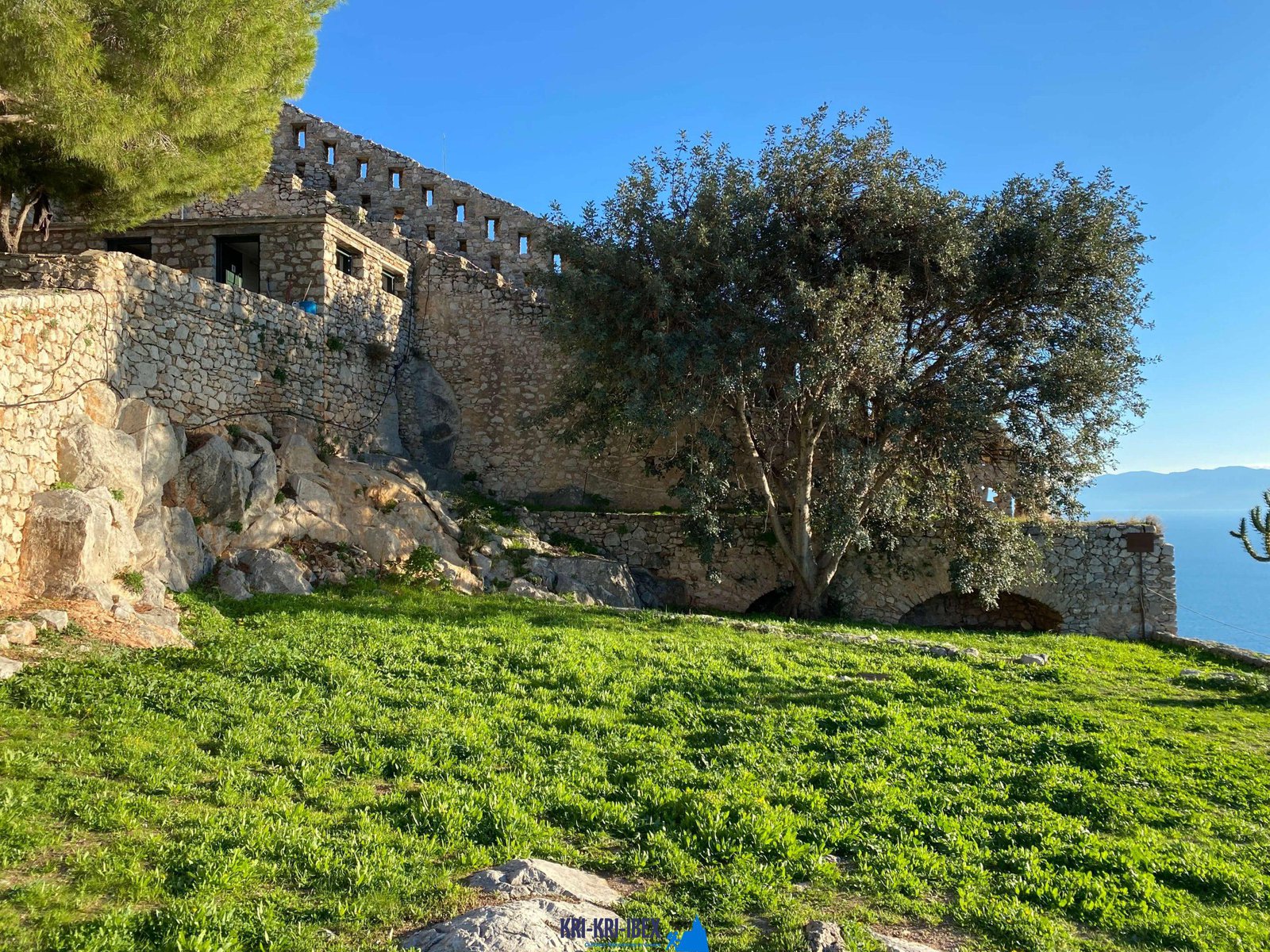
They say that the Peloponnese peninsula is the "genuine" Greece. And also we say, if you're seeking a memorable adventure, our searching and also exploring Peloponnese tour from Methoni is the ideal way to experience all that this attractive nation needs to use.

Pursuing the kri kri ibex in Greece can be a challenging endeavor. Hunting huge game in Greece is hard for international hunters. Wild boars and also roe deer are the sole option for regional seekers besides the kri kri ibex, which is just pursued in thoroughly safeguarded unique hunting territories such as particular islands. The Kri Kri Ibex as well as mouflon can just be fired on special searching areas from morning till noontime, according to Greek regulation. Slugs are the only ammunition allowed. You should book at the very least a year in advance for a certificate. To make sure that only serious seekers are permitted on these journeys, the Greek Ministry of Nature and also Agriculture issues licenses. To guarantee that the government issues a certain number of licenses each year.
On our Peloponnese tours, you'll get to experience all that this fantastic area needs to use. We'll take you on a tour of a few of one of the most historical and also stunning sites in all of Greece, including old ruins, castles, and also extra. You'll also get to experience a few of the traditional Greek culture direct by appreciating a few of the tasty food and white wine that the region is understood for. And of course, no trip to Peloponnese would certainly be total without a dip in the shimmering Mediterranean Sea! Whether you're a seasoned hunter searching for a novice traveler or a brand-new experience simply aiming to check out Greece's spectacular landscape, our Peloponnese scenic tours are excellent for you. So what are you waiting on? Reserve your journey today!
There is truly something for every person in the Peloponnese peninsula. Whether you want background as well as society or nature as well as outside tasks, this is a perfect location for your next vacation. If you are short on time, our hunting as well as visiting Peloponnese Tours from Methoni is a wonderful method to see whatever this awesome area needs to offer.And last but not least, your Kri Kri ibex prize is waiting for you.
What is the diference between Kri Kri ibex, Bezoar ibex and hybrid ibex
The kri-kri is not thought to be indigenous to Crete, most likely having been imported to the island during the time of the Minoan civilization. Nevertheless, it is found nowhere else and is therefore endemic to Crete. It was common throughout the Aegean but the peaks of the 8,000 ft (2,400 m) White Mountains of Western Crete are their last strongholds–particularly a series of almost vertical 3,000 ft (900 m) cliffs called ‘the Untrodden’—at the head of the Samaria Gorge. This mountain range, which hosts another 14 endemic animal species, is protected as a UNESCO Biosphere Reserve. In total, their range extends to the White Mountains, the Samaria National Forest and the islets of Dia, Thodorou, and Agii Pandes.
This Ibex is NOT a diminutive form of the Bezoar Ibex, which has migrated into the western-most reach of the range of this species. The kri – kri (Capra aegagrus cretica), sometimes called the Cretan goat, Agrimi, or Cretan Ibex, is a feral goat inhabiting the Eastern Mediterranean, previously considered a subspecies of wild goat. The kri-kri has a light brownish coat with a darker band around its neck. It has two horns that sweep back from the head. In the wild they are shy and avoid tourists, resting during the day. The animal can leap some distance or climb seemingly sheer cliffs.
“The agrimi goat Capra aegagrus cretica is unique to Crete and its offshore islands. It has been identi®ed as a sub-species of the wild bezoar goat Capra aegagrus aegagrus Erxleben, 1777, which it closely resembles in horn shape, body form and coloration. This classi®cation has been disputed by some researchers who claim that the agrimi are feral goats, derived from early domestic stock brought to the island by the ®rst Neolithic settlers. In order to clarify this issue, DNA analyses (cytochrome b and D loop sequences) were carried out on tissue of live and skeletonized agrimi and compared to sequences of wild and domestic caprines. Results conclusively show the agrimi to be a feral animal, that clades with domestic goats (Capra hircus) rather than with wild Asiatic bezoar. This study demonstrates that morphometric criteria do not necessarily re¯ect genetic af®nities, and that the taxonomic classi®cation of agrimi should be revised.”